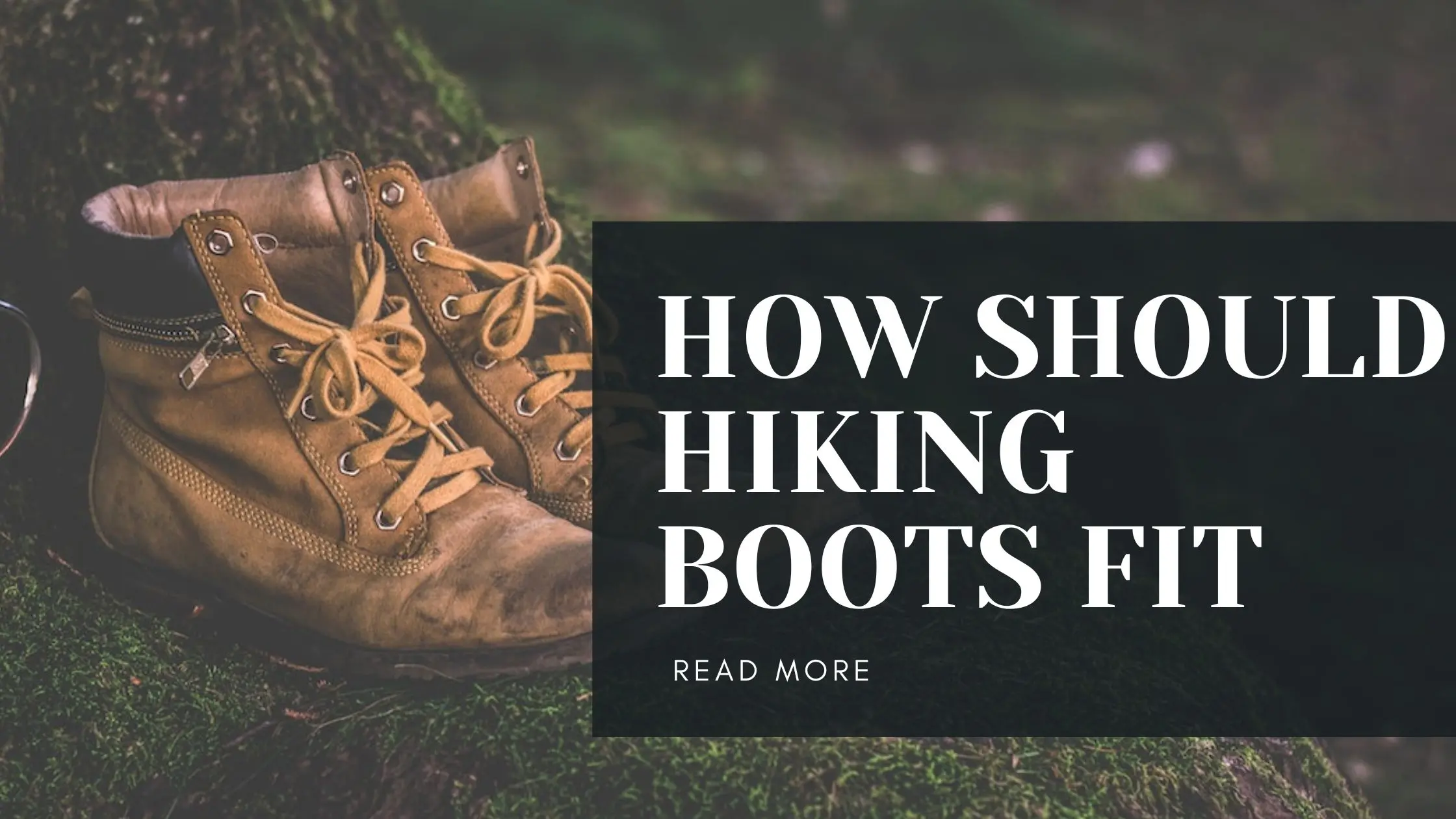When it comes to hiking, having properly fitting boots is crucial for comfort, support, and overall enjoyment on the trails. Ill-fitting boots can lead to blisters, discomfort, and even foot injuries. In this guide, we’ll walk you through the essential factors to consider and provide valuable tips on how hiking boots should fit to ensure a pleasant and safe hiking experience.
The Importance of Proper Fit
Before delving into the specifics, let’s understand why a proper fit is so important when it comes to hiking boots. Hiking involves long hours of walking on varied terrain, often with a heavy backpack. Ill-fitting boots can cause discomfort, hotspots, and even pain, leading to a miserable hiking trip. On the other hand, properly fitting boots provide support, stability, and protection, reducing the risk of foot-related issues and ensuring an enjoyable adventure.
Finding the Right Size
The first step in achieving a proper fit is finding the right size. Here’s how to determine your correct shoe size for hiking boots:
- Measure Your Feet: Use a Brannock device or visit a professional shoe store to measure the length and width of your feet. It’s essential to measure both feet, as they may differ slightly in size.
- Try Different Sizes: Once you have your measurements, try on a variety of sizes from different brands. Keep in mind that sizes can vary between brands, so don’t rely solely on your usual shoe size.
- Toe Room: Make sure there is enough room for your toes to wiggle comfortably. Your toes should not touch the front of the boot, but they should also not be swimming in excess space.
- Width: Consider the width of the boot. If your feet are wider or narrower than average, look for boots available in different widths to accommodate your specific needs.
Length, Width, and Volume
When it comes to fitting hiking boots, three key factors to consider are length, width, and volume. Let’s explore each of these aspects in more detail:
1. Length
Your hiking boots should provide enough length to accommodate your feet comfortably without squeezing or cramping. Follow these tips for assessing the proper length:
- Stand up straight with the boots laced up and your toes slightly touching the front of the boot.
- Slide your index finger down the back of the boot, between your heel and the boot’s counter. You should be able to fit your finger comfortably without excessive pressure.
Remember, if your boots are too short, they can lead to painful toe jamming on descents. On the other hand, boots that are too long may cause your feet to slide forward, resulting in discomfort and blisters.
2. Width
Proper width is essential to prevent rubbing, pinching, or cramping in the boots. Consider the following guidelines for assessing width:
- Your feet should feel snugly held in place without feeling squeezed or compressed.
- Make sure there is enough space in the toe box to wiggle your toes comfortably.
If the boots are too narrow, they can cause discomfort and restrict blood circulation, leading to cold feet and potential foot problems. Conversely, boots that are too wide can lack stability and increase the risk of blisters and hotspots.
3. Volume
The volume of the boot refers to the overall interior space, particularly around the arch and instep of your foot. Pay attention to the following considerations:
- Your feet should feel securely cradled, with minimal slipping or movement inside the boot.
- The boot should provide adequate room for your arches and insteps without creating excessive pressure points.
If the boot’s volume is too low, it can lead to discomfort and pain, particularly for individuals with high arches or insteps. Conversely, excessive volume can result in instability and lack of support.
Other Considerations for a Perfect Fit
In addition to length, width, and volume, there are a few more factors to consider when assessing the fit of your hiking boots:
- Try Them On Always try on hiking boots at the end of the day or after a long walk when your feet are naturally slightly swollen. This ensures a more accurate fit.
- Wear Appropriate Socks: Wear the same type of socks you would typically use while hiking when trying on boots. The thickness and material of your socks can affect the fit.
- Walk Around: Take the time to walk around in the boots. Pay attention to any discomfort, pressure points, or areas of rubbing.
- Break Them In: It’s essential to break in your hiking boots before embarking on a long hike. Wear them on shorter walks or around the house to allow the materials to mold to your feet and prevent discomfort during your actual hike.
Conclusion
Achieving the perfect fit for your hiking boots is essential for an enjoyable and comfortable hiking experience. By considering the length, width, and volume of the boots, as well as trying them on, wearing appropriate socks, and breaking them in, you can ensure that your hiking boots fit you like a glove. Remember, a well-fitting boot is your best companion on the trails, providing the support and protection your feet need as you explore the great outdoors.
Read More: The Ultimate Guide to Christmas Towns to Travel To


